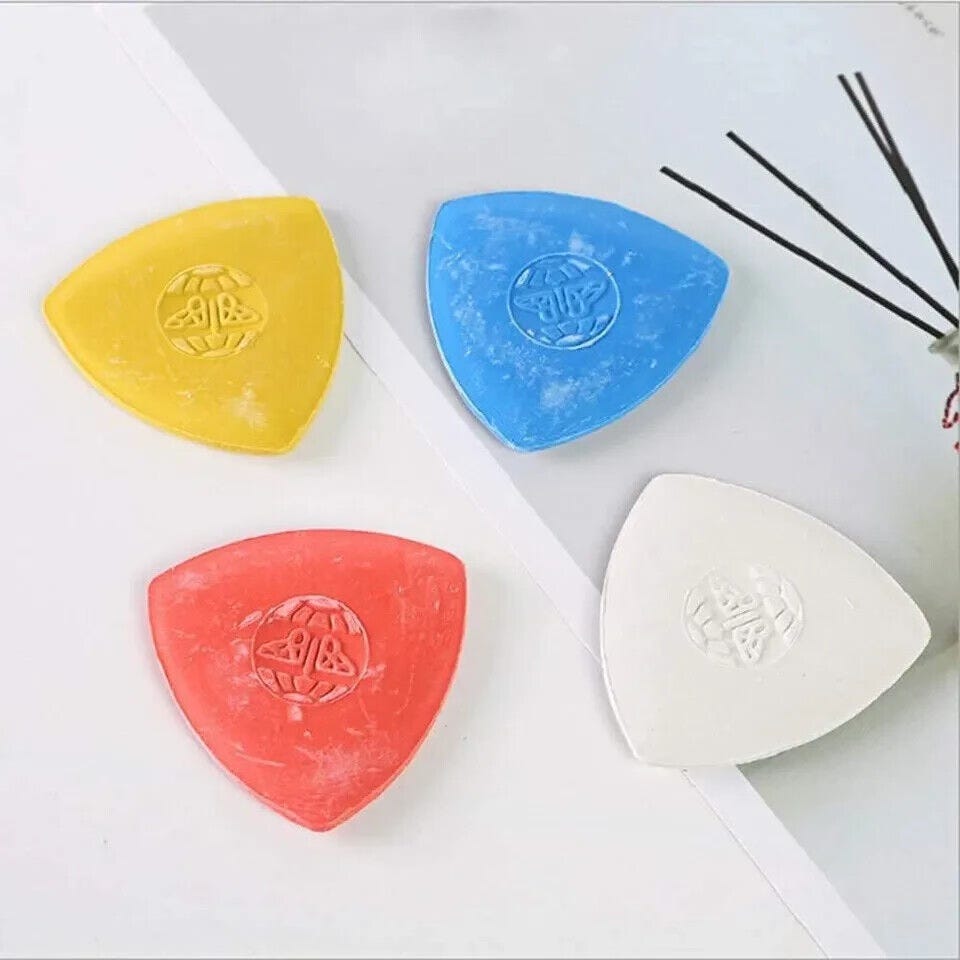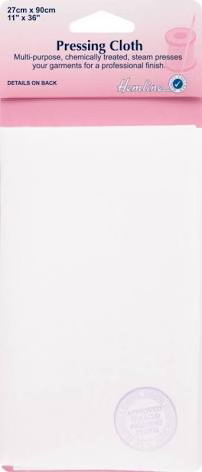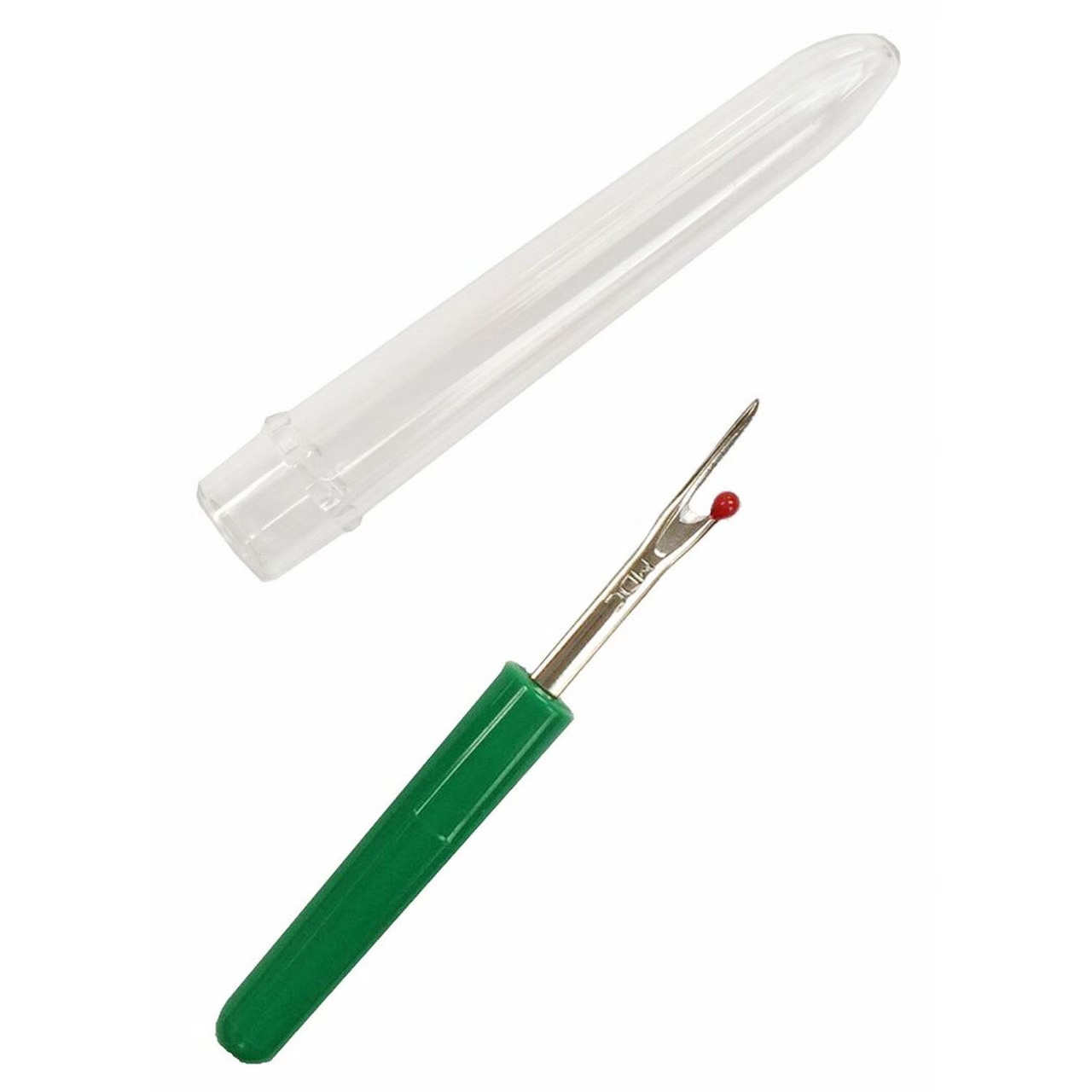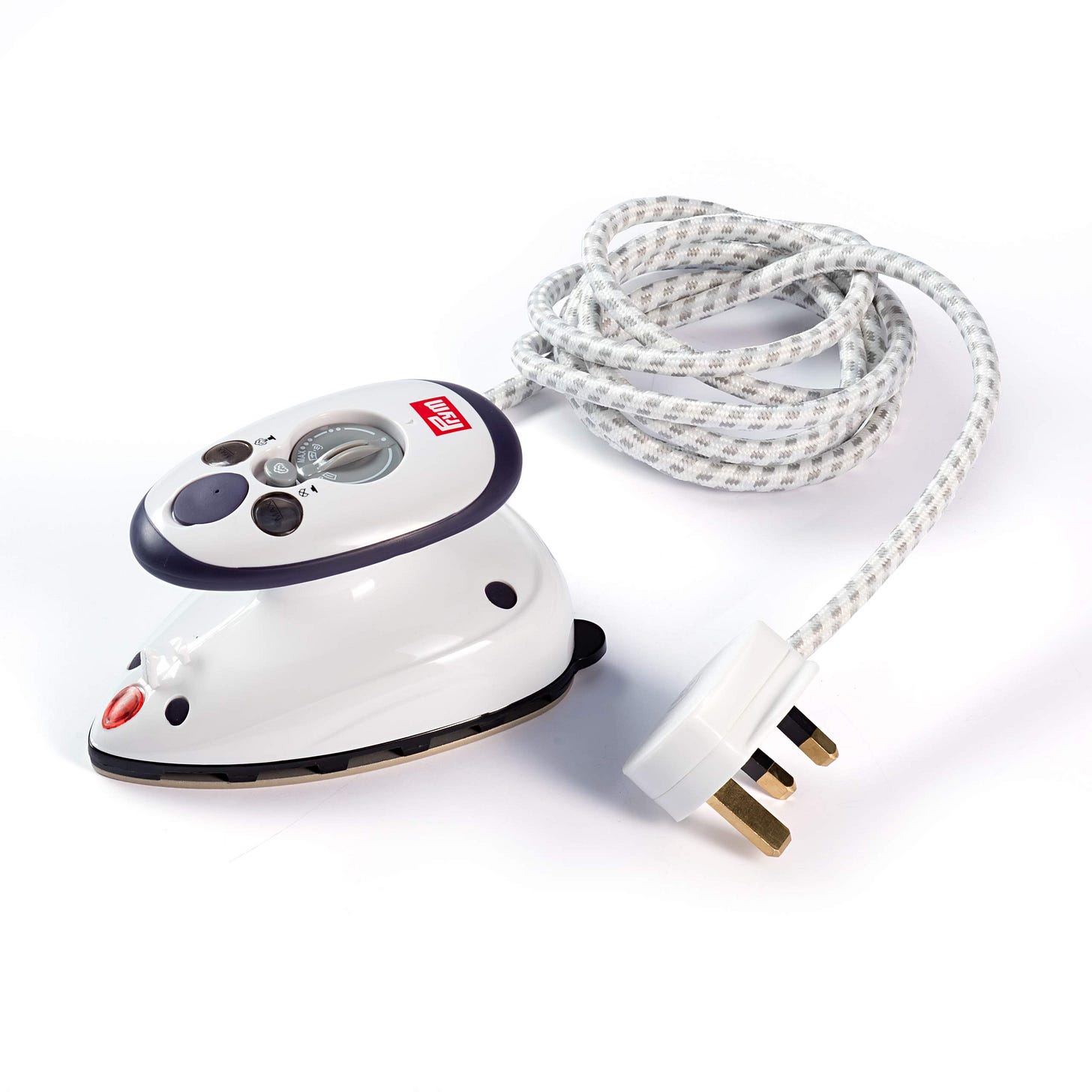Top 10 Essentials for Beginner Sewists
When faced with an array of tools at your local haberdashery store, which ones are essential when starting out? Read on for my recommendations.
There is nothing I like better than a leisurely afternoon stroll around my local fabric and haberdashery store. The fabrics with their gorgeous colours, sumptuous textures and endless possibilities are easily enough on their own. But once I have managed to tear myself away, there, at the back of the store, lies the exciting tools and gadget section.
When I started out, I begged and borrowed equipment from other family members. It was not until I had left home that I had to make real choices about what tools I should have in my sewing arsenal, and it was at this point that I realised how daunting this can be.
This post is hopefully helps if you now find yourself in that situation. Discover which tools and gadgets which have served me well, and which have reeled me in only to gather dust on my workbench!
Fabric shears

For any level of sewing, quality fabric shears are an absolute essential. There are a whole host of options out there and price ranges are vast depending on size, blade material etc. I would always recommend trying them in your hand; some are uncomfortable and may be heavy, too. As we all have very different hands, this is essential. Personally, I like a weighty pair of shears and generally choose the 10” (24.5cm) length.
Pins and clips

Don’t overlook the humble pin, it is a real hero keeping your precious fabric in place. I used to think ‘pins are pins’, but now I think that the old adage ‘you get what you pay for’ rings true. Cheap pins can break, leave rusty marks on fabric and annoyingly part company with the pin head when you are trying to remove them! I tend to choose longer pins as I find them easier to work with, and the ergonomically designed options, although costing a little more, are often a good investment.
I use a lot of faux leather in my work. Pins are fine if you can use them in the seam allowance but they do leave holes in the fabric, which is not ideal. Instead, I use sewing clips which work a treat. When they first came onto the market they were quite expensive, but now there are lots of options to choose from which has resulted in lower prices. I would recommend a few of these even if you only plan to use natural fabrics in your sewing projects.
Embroidery scissors

These are an essential item to have in your kit. Choose a pair with a fine point so that you can easily reach into tight corners. I tend to pick a mid-priced pair; I have gone cheap and regretted it, but I personally don’t believe that a super expensive pair of embroidery scissors is a necessary investment. I would prefer to spend more on the fabric shears.
Sewing machine needles

These are often overlooked, and I confess that I hardly ever changed my needle in my machine when I first began sewing. Now my mantra is ‘new project, new needle’. Why? Using a blunt needle results in poor stitch quality and can also damage your fabric. I keep a range of needles to hand for a variety of fabric types, but the universal 80/12 size is a good staple to have.
Tailor’s chalk
I know that many people use a vanishing marker on fabrics, and it was my method of choice in the past. However, there have been times when I have found that the marks do not completely disappear. For this reason I have turned to using traditional chalk to mark my fabric pieces as I know that there will not be an issue in removing the markings! With any mark-making device, always test on a scrap of fabric first to ensure that you can remove it later.
Pressing cloth
With most sewing projects, pressing the fabric as you go is generally a good routine to get into as it makes the finished product look crisp and professional. There are a number of pressing cloths on the market, but I prefer to use a good quality linen tea towel which I keep specifically for my sewing projects. Avoid cloths which have pattens in the weave as these indentations may be left in your work!
Seam ripper
No matter how hard we try, there will always come a time when a mistake is made! A seam ripper is a godsend when it comes to quickly and efficiently removing unwanted stitches. I would recommend choosing one with a removable safety cover as they are very sharp.
Hot hemmer
I was gifted a hot hemmer, and it has become one of my favourite sewing gadgets. A heatproof measuring guide, it allows you to fold and press fabrics easily using the measurements, without melting a ruler or burning your fingers. Win win!
Tape measure
The tape measure is perhaps one of the most frequently used tools in your sewing kit. Essential for accuracy, it’s easy to consider buying a cheap one, however this is something to avoid. Instead, choose a good quality tape measure, ideally with both metric and imperial measurements. Cheap versions will likely stretch over time therefore being unreliable and inconsistent. I like to use a retractible tape measure as I find that it is less likely to stretch.
Mini iron
This mini iron is by no means an essential in your sewing arsenal, but I do find it to be incredibly handy. There are often times when making small, intricate projects, that a standard iron is difficult to manoeuvre into corners and seams. With this small device, I find it much easier to direct the heat to the part of the fabric I want.
So there you have it, a quick round up of tools and equipment which I have found to be useful to have to hand for my sewing and crafting projects. There will, of course, by many other gadgets which are potentially worth investing in, but their value will be determined by the projects you undertake and how frequently you will actually use them. I would love to hear from you if you have a ‘can’t live without’ sewing gadget which you feel would be a good addition to my kit.








